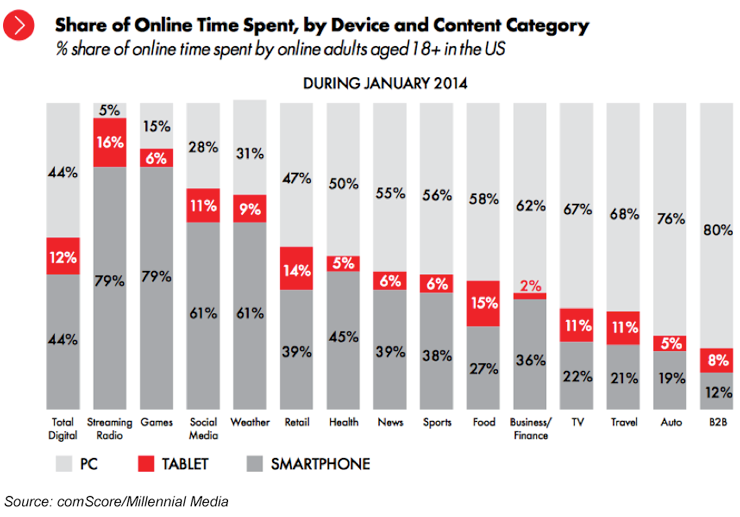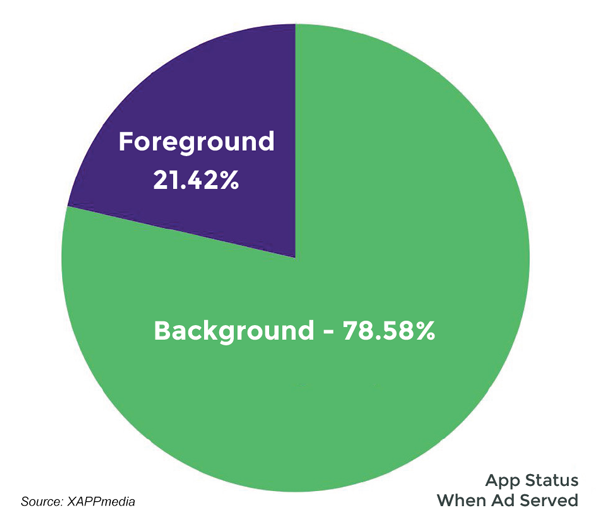The Interactive Advertising Bureau (IAB) just published “A Digital Audio Buyers Guide.” The guide is the result of the collaborative efforts of a number of industry leaders in digital audio. Pandora, Spotify, iHeartMedia, Triton Digital, CBS Interactive, Google, XAPPmedia and others participated in putting the guide together. The guide is a valuable tool for those in the industry tasked with buying digital media in a rapidly changing market.
Rapid Growth
Many assume the demand for digital audio is growing rapidly. Research cited in the IAB report supports this assumption. According to Edison research and Triton Digital’s Infinite Dial 2015, the number of Americans who listened to online radio and streamed audio content increased 22% over the prior year. In fact, more than 50% of the U.S. population is now accessing digital audio each month. eMarketer reports that in 2015, digital radio had reached more than 169 million people in the U.S. alone. The numbers are large, and growing quickly. You may ask, who is it that’s listening? According to the research, 72% of consumers in the 18 to 34 age group and 67% of the 18 to 49 age group listen to digital radio monthly.
More Listeners, Listening More
Not only are more people listening, they’re listening for longer periods of time. Triton’s Top 20 Ranker of Digital Audio shows a weighted average session length of approximately 38 minutes. This is about four times longer than the traditional radio listening session. According to Edison and Triton, weekly listening time has increased at a compound annual growth rate of 13.5% between 2008 and 2014.
Mobile for Audio
What platform are listeners opting for to consume all of this digital audio content? According to the IAB report, mobile is the clear winner. Ninety-five percent of streaming radio is consumed on mobile devices with smartphones commanding 79% alone. We often see commentary about the rise of gaming and social media on mobile and the chart below indicates how much mobile dominates those segments. However, both trail streaming radio’s mobile preference.
Mobile audio has a distinct advantage over other media because it can be consumed while on the go. “Ultramobile activities” such as driving, walking, exercising and working don’t allow for visual engagement. By contrast, digital audio complements these activities well and is an important opportunity for brands to engage consumers when they aren’t distracted by competing visual advertisements. Streaming radio has found a natural home on mobile. Music is easily accessible wherever you happen to be and available no matter what you are doing.

Reaching the Mobile User
 Engaging the mobile listener is a challenge. Nielsen estimates that 79% of audio consumption takes place while people are engaged in activities where visual media simply cannot reach them. They are, in other words, Ultramobile. Digital audio is uniquely positioned to reach the mobile listener. Reaching the mobile listener is further complicated by the fact that the majority of ads are served while the phone is in background – the screen is dark and locked. Research done by XAPPmedia reveals ads are served to mobile devices in background more than 78% of the time. The question is, of the remaining 21%, how many are watching their phones? It’s likely a small number.
Engaging the mobile listener is a challenge. Nielsen estimates that 79% of audio consumption takes place while people are engaged in activities where visual media simply cannot reach them. They are, in other words, Ultramobile. Digital audio is uniquely positioned to reach the mobile listener. Reaching the mobile listener is further complicated by the fact that the majority of ads are served while the phone is in background – the screen is dark and locked. Research done by XAPPmedia reveals ads are served to mobile devices in background more than 78% of the time. The question is, of the remaining 21%, how many are watching their phones? It’s likely a small number.
So, 79% of listeners are otherwise occupied, and 78% of ads are served while the device is in background. How can marketers reach this audience? XAPPmedia’s interactive audio solves this problem. Listeners engage with an ad by using just their voice. That’s right; XAPP enables listeners to talk to the radio. To experience XAPPmedia, download our free demo app through the App Store or Google Play.
iOS: https://itunes.apple.com/us/app/xapp-ads/id918656600?ls=1&mt=8
Android: https://play.google.com/store/apps/details?id=com.xappmedia.xaa
To download the IAB Digital Audio Buyers Guide, click here: A Digital Audio Buyers Guide
Related Posts
CMO’s Want ROI From Digital – What it Means for Radio
Mobile Marketer: “Audio is emerging as the mobile ad unit of choice.”
Internet Radio Continues Mobile Migration
